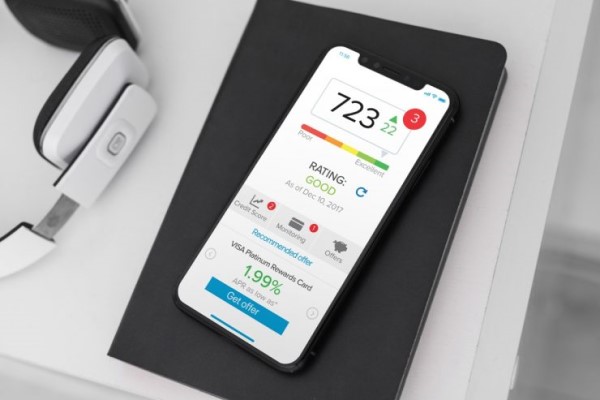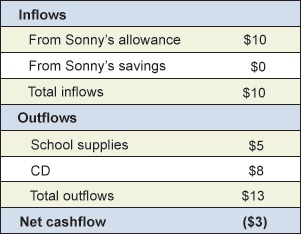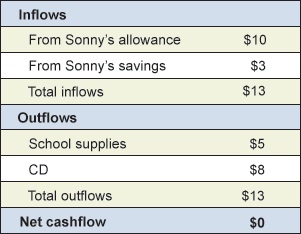The Bottom Line
Small business is important to Central Oregon, and to Mid Oregon. Find tips and resources for business, and information about Mid Oregon’s commercial services and business members.

We’re All In! Virtual Big Day at Mid Oregon
To celebrate the re-activation of our checking promotion, our Mid Oregon branch teams created some fun pictures and videos! Under the theme of “We’re All In! Our Virtual Big Day at Mid Oregon”, they show their enthusiasm and excitement for serving our members.
Starting on Monday, June 1, anyone who opens up a new checking account at Mid Oregon Credit Union will be automatically entered to win a $250 Visa gift card. One gift card per branch will be awarded to the randomly drawn winners, for seven $250 gift cards total. Checking accounts must be opened by 7/12/20 to be eligible.
Mid Oregon Checking Accounts
To learn more about Mid Oregon’s great checking account options, including our Simply Free Checking, visit on checking webpage.
To see details about the new checking account prize drawing and more, view the We’re All In Checking Promotion Drawing Flyer.
Your East Bend Branch Team |
|
Your Redmond Branch Team |
|
Your Olney Avenue Branch Team |
Your Prineville Branch Team |
|
|
Your Madras Team |
|
Your La Pine Branch Team |
Your Sisters Branch Team |
|
|
Your Administration Team |
|
|

Budgeting Basics- Introduction & Cash Flow
Introduction to Budgeting
One of the most important aspects of investing is cash-flow management, also known as budgeting. Not only is it necessary for successful investing, it is necessary for attaining most of the things you want in life. Here is an introduction about some budgeting basics.
A budget helps you focus on the important things in your life and how to pay for them. A good budget will help you economize and save for these things. It will also help you improve your risk tolerance.
What Is a Budget?
“You really need to make a budget and stick to it.” Hopefully, we haven’t lost you, because those 10 words have started more arguments and domestic disputes and have led to more divorces than any other words in the English language. There have been television sitcoms based on the premise that budgeting is just too funny and cannot be taken seriously. In fact, the financial planning community doesn’t like to use the term budget. Instead, they call it “cash-flow management.”
- If you handle money, you already have a budget.
- Budgets consist of cash coming in and cash going out.
Everyone Has A Budget
Everyone who handles money has a budget, whether they know it or not. It may not be written down, but it is there just the same. For example, mom gives her eight-year-old son a $10 allowance for the week. Does Sonny go out and spend it on a CD, candy, or school supplies, or does he save it to make a larger purchase in the future? It doesn’t matter how you answer the question. However Sonny “spends” the $10, he has made his decision based on his budget, although it wasn’t written down.
A budget has two main components: cash coming in (inflows) and cash going out (outflows). If you subtract the outflows from the inflows, the answer should always be zero. That’s called balancing the budget.
Budgets Compare Money Flowing In and Money Flowing Out
So why is budgeting subject to so much angst? Most persons don’t see the difference between income and inflows. Income is an inflow, but so is money taken from savings and money borrowed. Income is money earned from work, earned from investments, or received as a gift. Some people try to spend more income than they have, ultimately causing problems in the future, when the budget must be balanced with inflows from either savings or borrowing.
Here is a simple example:
Budget Example 1
The negative $3 cash flow tells us that to balance this budget, Sonny needs an additional inflow of $3. If Sonny had previously saved some money, then he could easily take the $3 from savings and his budget would look like this:
Budget Example 2
If Sonny didn’t have any savings, one of two things would happen: He would either have to postpone one of his purchases or he would have to borrow the cash from his mother or another lender.
Budgets Are Also Called “Cash-flow Management”
A budget is merely a way to identify cash coming in and how we spend it. It can be a valuable tool for planning future spending and for making investment and borrowing decisions. When used to make decisions about future spending, saving, and investments, it is called cash-flow management, essential to budgeting basics.

Protect Your Score
By Chris O’Shea*
How to maintain a good credit score during the coronavirus outbreak
Maintaining a good credit score can be stressful. Add something like the coronavirus to the mix and things get even harder. Don’t let this pandemic ruin that score that you worked so hard to obtain. Here are some tips for keeping that score high even as Covid-19 changes everything around us.
Check your Reports
Many financial institutions offer free unlimited credit report access.** If you don’t have access to your report through your financial institution the three major credit bureaus — Equifax, Experian and TransUnion — are all offering free, weekly credit reports for the next year. Just as before the coronavirus, check your credit report often. If there are any false claims, report them immediately through the bureau.
Reach Out
If you’re having trouble making timely payments (an important part of keeping a high score) contact the companies and ask for leniency. Many lenders and other companies are providing financial help to people negatively impacted by the virus.
Pay Debt if Possible
If you’re currently financially stable and carrying debt, pay it down right away. The reason? You don’t know what the future holds and the coronavirus makes things even more uncertain. Pay close attention to your debt now so that if things do take a turn for the worse, your debt will be manageable and your credit score will be in good standing.
* This guest article, Protect Your Score, is from the “Your Money Blog” in Mid Oregon’s online banking  “Credit Savvy” resource. Protect Your Score is made possible by Savvy Money.
“Credit Savvy” resource. Protect Your Score is made possible by Savvy Money.
** Mid Oregon Credit Union offers free unlimited credit score access through our online banking “Credit Savvy” resource. Visit Mid Oregon’s Digital Banking Features page to learn more.




































